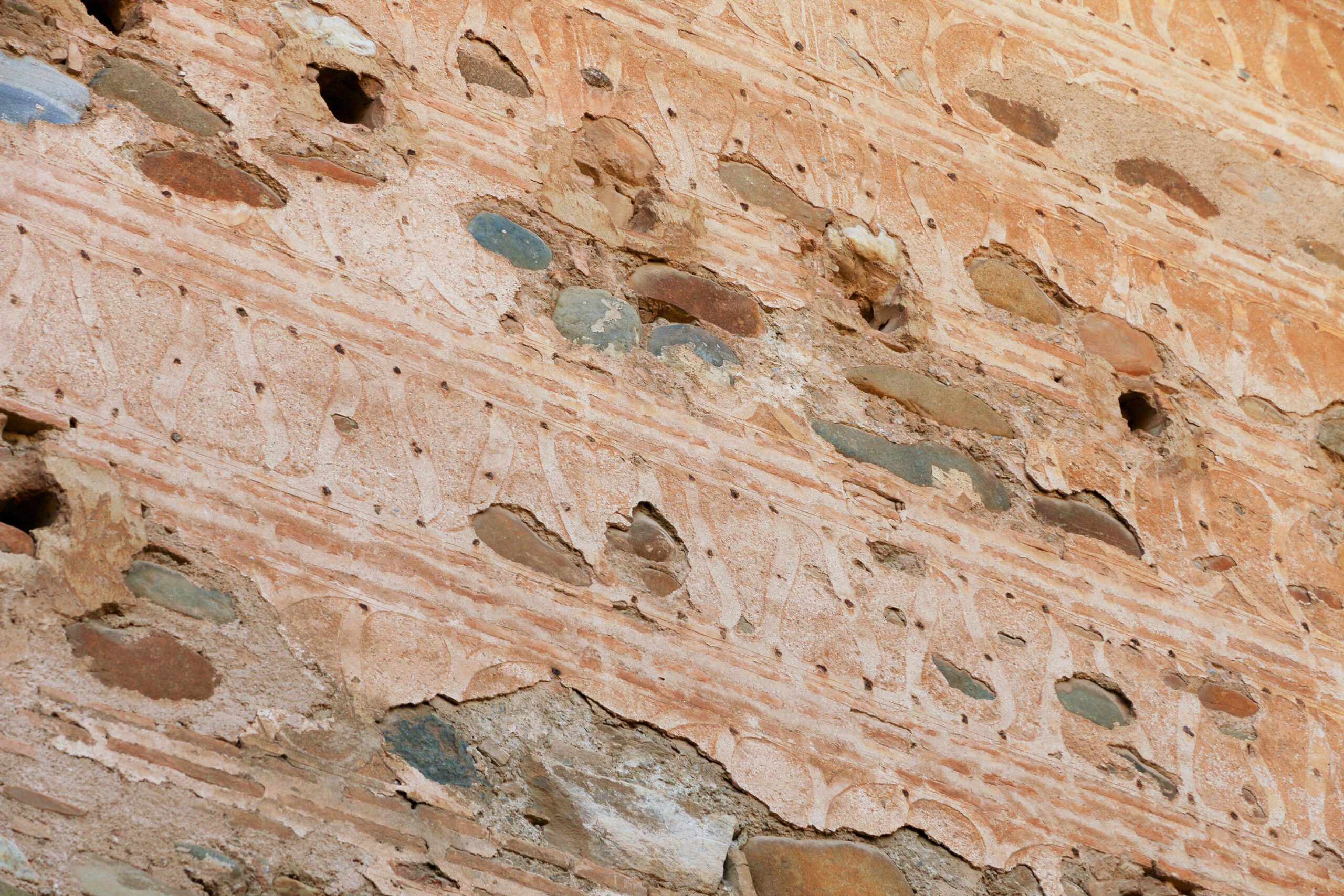Cross-Laminated Timber (CLT) – The Modern Wood Marvel
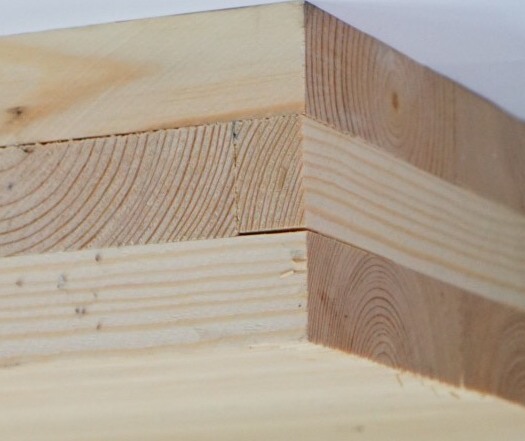
Cross-Laminated Timber, or CLT, is revolutionizing luxury home construction with its fusion of strength, style, and sustainability. This engineered wood product is created by gluing layers of timber at perpendicular angles, giving it exceptional rigidity and stability. Homeowners and architects are drawn to CLT’s warm, authentic wood appearance, which fits seamlessly with both traditional and ultra-modern designs. The Forest Products Laboratory has highlighted CLT’s versatility, noting its use for walls, floors, and roofs in upscale homes. Unlike heavy concrete or steel, CLT panels are lightweight, making transportation and assembly faster and more efficient. The material’s eco-friendly credentials are impressive, as it stores carbon and reduces the overall carbon footprint of a building. With the growing demand for sustainable luxury, CLT is quickly becoming a symbol of responsible elegance in home design.
Rammed Earth – Ancient Technique, Contemporary Luxury

Rammed earth might sound old-fashioned, but it’s making an inspiring comeback in luxury home design for its raw beauty and natural benefits. Builders create rammed earth walls by compacting a mixture of soil, sand, and gravel, resulting in sturdy structures with unique patterns and textures. These walls act as natural insulators, keeping interiors cool in summer and warm in winter. According to research from the University of California, Berkeley, homes built with rammed earth can reduce energy consumption by up to 30%, making them both stunning and efficient. The earthy tones and tactile surfaces add a distinctive character that mass-produced materials simply can’t match. Many luxury homeowners are now requesting custom rammed earth features, from wine cellars to accent walls, for a truly one-of-a-kind look. The technique’s low environmental impact and timeless appeal make it a standout choice for modern luxury.
Recycled Steel – Strength and Sustainability Combined
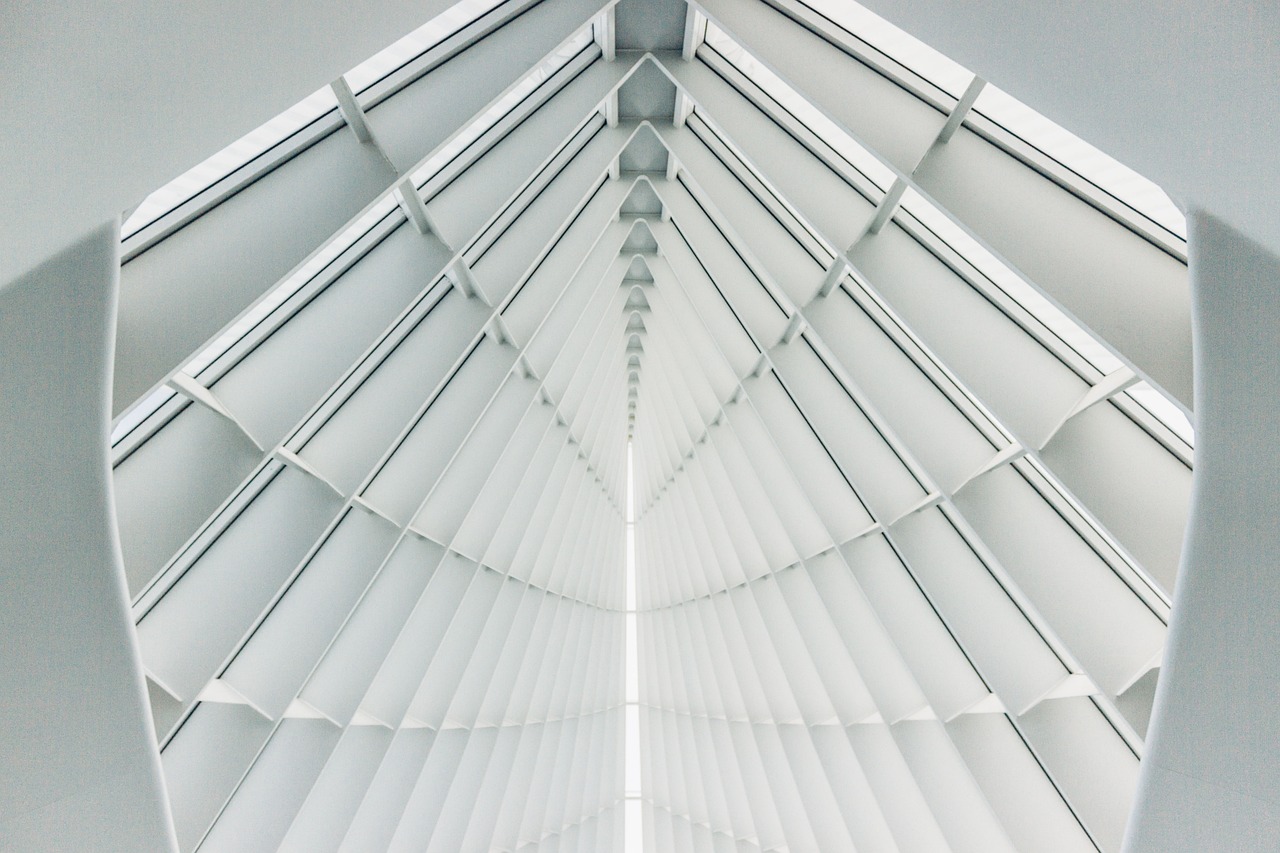
Recycled steel is emerging as a top contender in luxury home construction, offering unmatched durability while promoting eco-conscious living. Steel’s strength allows for bold architectural feats, like sweeping open spaces and floor-to-ceiling windows that let in breathtaking views. The American Iron and Steel Institute reports that over 70 million tons of steel are recycled annually in the U.S., making it one of the most sustainable building choices available. Its resistance to fire, pests, and extreme weather adds peace of mind for homeowners who value both safety and style. The sleek, industrial look of steel beams and frames pairs perfectly with contemporary design aesthetics. Builders are now using recycled steel for everything from support structures to decorative staircases and outdoor features. This material’s combination of resilience, recyclability, and modern appeal is winning over those who want luxury without compromise.
Bamboo – The Fastest-Growing Star in Green Building

Bamboo has become a darling of luxury home designers, celebrated for its rapid growth and breathtaking versatility. Unlike hardwoods that can take decades to mature, bamboo can shoot up to 91 centimeters in a single day, according to the World Wildlife Fund. Its quick renewability means it can be harvested without deforestation, making it an incredibly sustainable choice. Designers use bamboo for flooring, cabinetry, wall coverings, and even structural supports, infusing spaces with a sense of organic elegance. Bamboo’s natural grain and color variations offer a unique, exotic touch that stands out in any room. Its strength rivals that of traditional hardwoods, yet it is lighter and easier to work with. For those seeking a blend of luxury and environmental responsibility, bamboo delivers both with unmistakable style.
Glass Fiber Reinforced Concrete (GFRC) – Lightweight Flexibility

Glass Fiber Reinforced Concrete, or GFRC, is bringing a new level of artistry to luxury homes. By mixing concrete with fine glass fibers, this material becomes much lighter and more flexible than traditional concrete, yet it retains impressive strength. The Concrete Reinforcing Steel Institute reports that GFRC can be up to 75% lighter, making it ideal for intricate architectural details and bold design statements. Designers love GFRC for its ability to be molded into custom shapes, from sweeping exterior facades to sculptural interior features. This flexibility means even the most imaginative ideas can become reality without the weight constraints of conventional materials. GFRC is also highly durable, resisting cracking and weathering over time. With its modern look and engineering advantages, it’s a favorite among those who want their homes to be both innovative and inviting.
Hempcrete – The Carbon-Negative Revolution
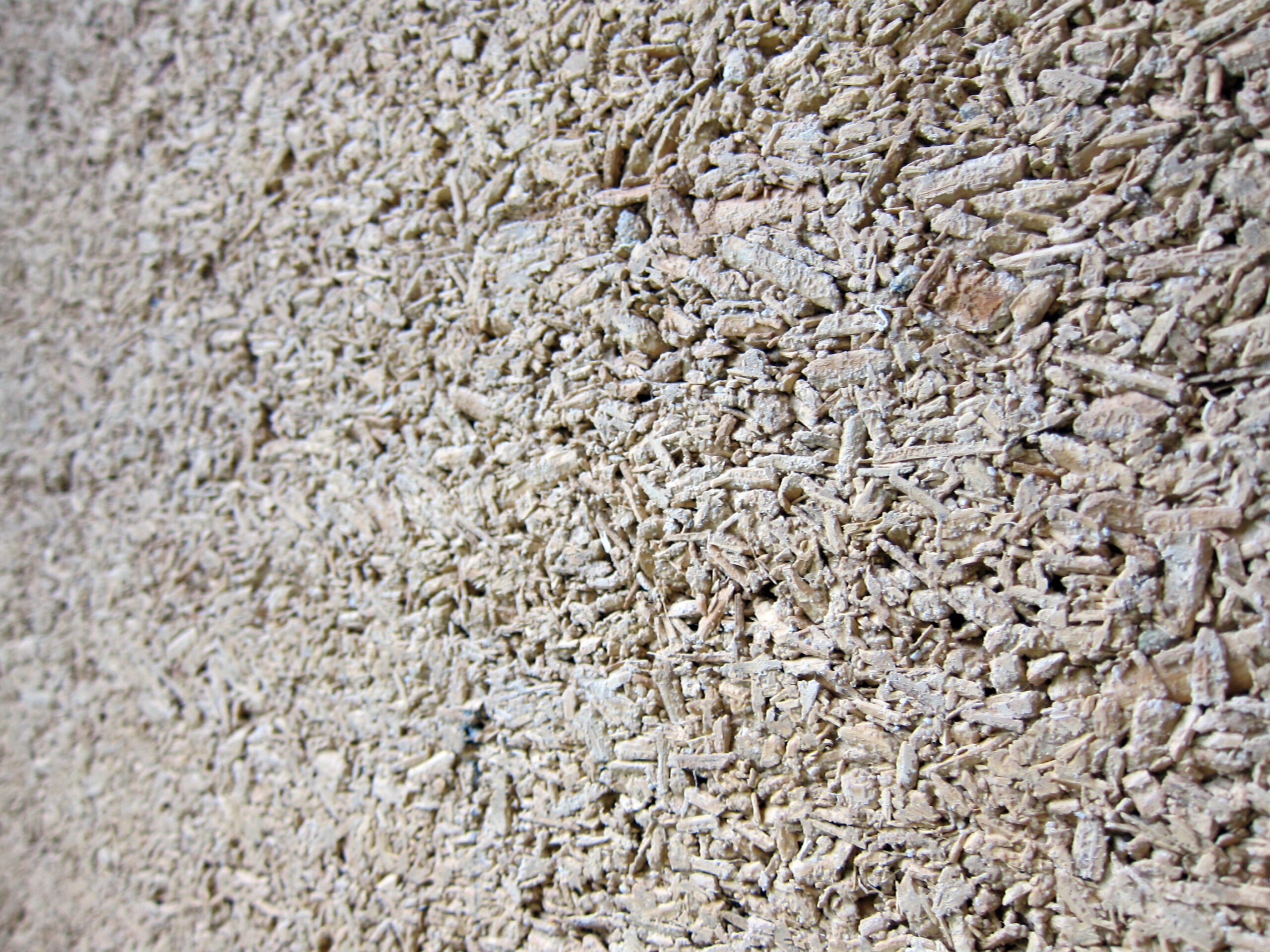
Hempcrete is turning heads in luxury home circles thanks to its green credentials and unique texture. Made by blending hemp hurds with lime, hempcrete is lightweight, highly insulating, and even carbon-negative, helping to offset emissions. The Journal of Cleaner Production found that using hempcrete can slash a building’s carbon footprint by as much as 50%. Its natural insulating abilities keep homes comfortable year-round while reducing energy bills. Hempcrete’s subtle, earthy look adds a layer of organic charm that synthetic materials can’t replicate. It also helps control indoor humidity and air quality, creating healthier living environments. Luxury homeowners who want to make a bold environmental statement are increasingly choosing hempcrete for walls, insulation, and even decorative accents. Its blend of sustainability, comfort, and visual appeal makes it an exciting option for the future.
3D-Printed Materials – The Future is Now
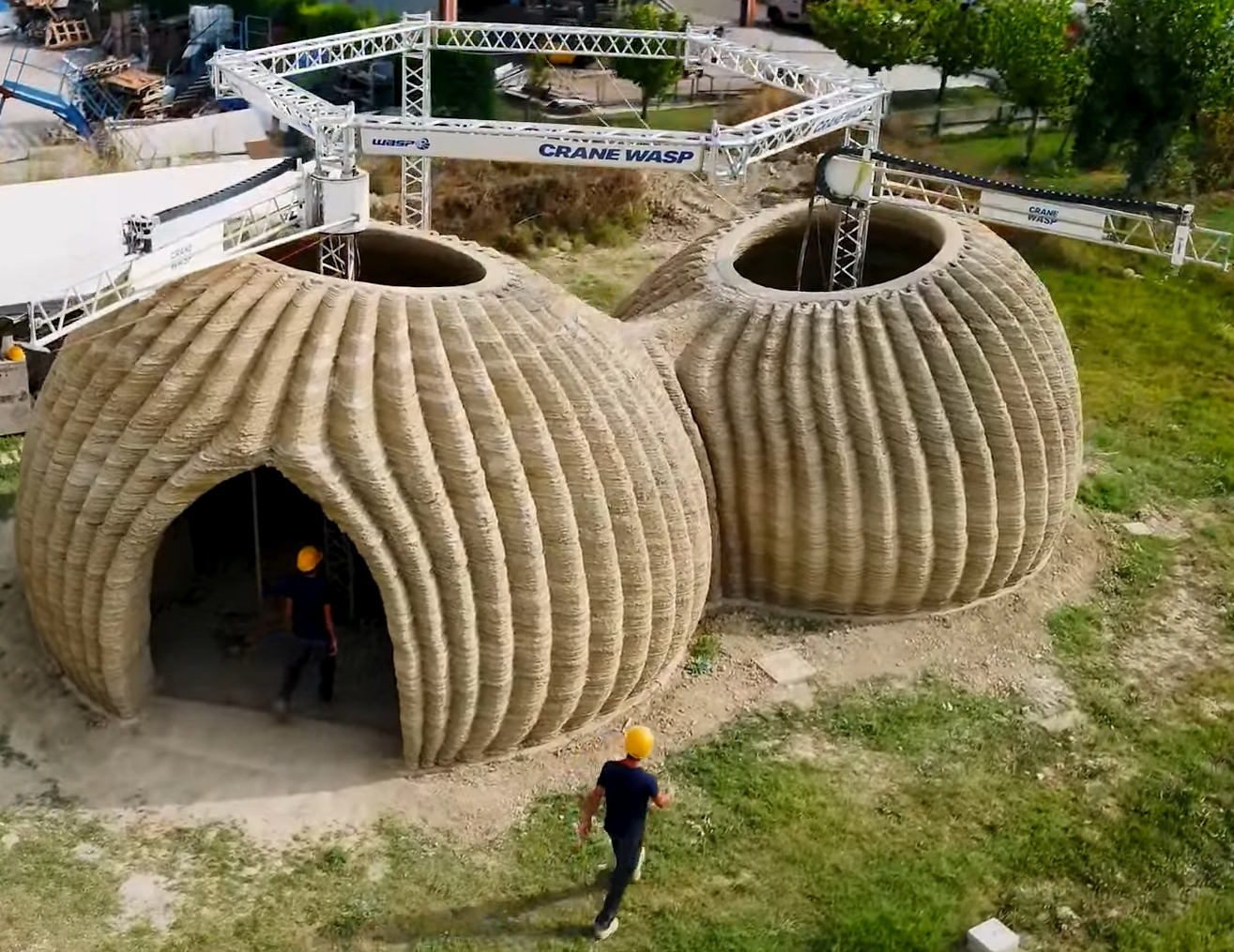
3D-printed materials are no longer a vision of tomorrow—they’re being used today to craft extraordinary luxury homes with breathtaking speed and precision. By layering materials like concrete or advanced plastics, builders can create complex shapes and structures that would be nearly impossible with traditional methods. The World Economic Forum reports that 3D printing can cut construction time by up to 70%, allowing for faster project completion and less waste. This revolutionary technique opens up endless design possibilities, from flowing organic curves to geometric masterpieces. Homeowners can customize layouts, finishes, and even built-in furniture to match their exact tastes. 3D printing also enables the use of recycled and sustainable materials, adding another layer of eco-friendliness. Those seeking a home that truly reflects their individuality are embracing 3D-printed construction as the ultimate in bespoke luxury.
Stone Veneer – Timeless Elegance, Modern Efficiency
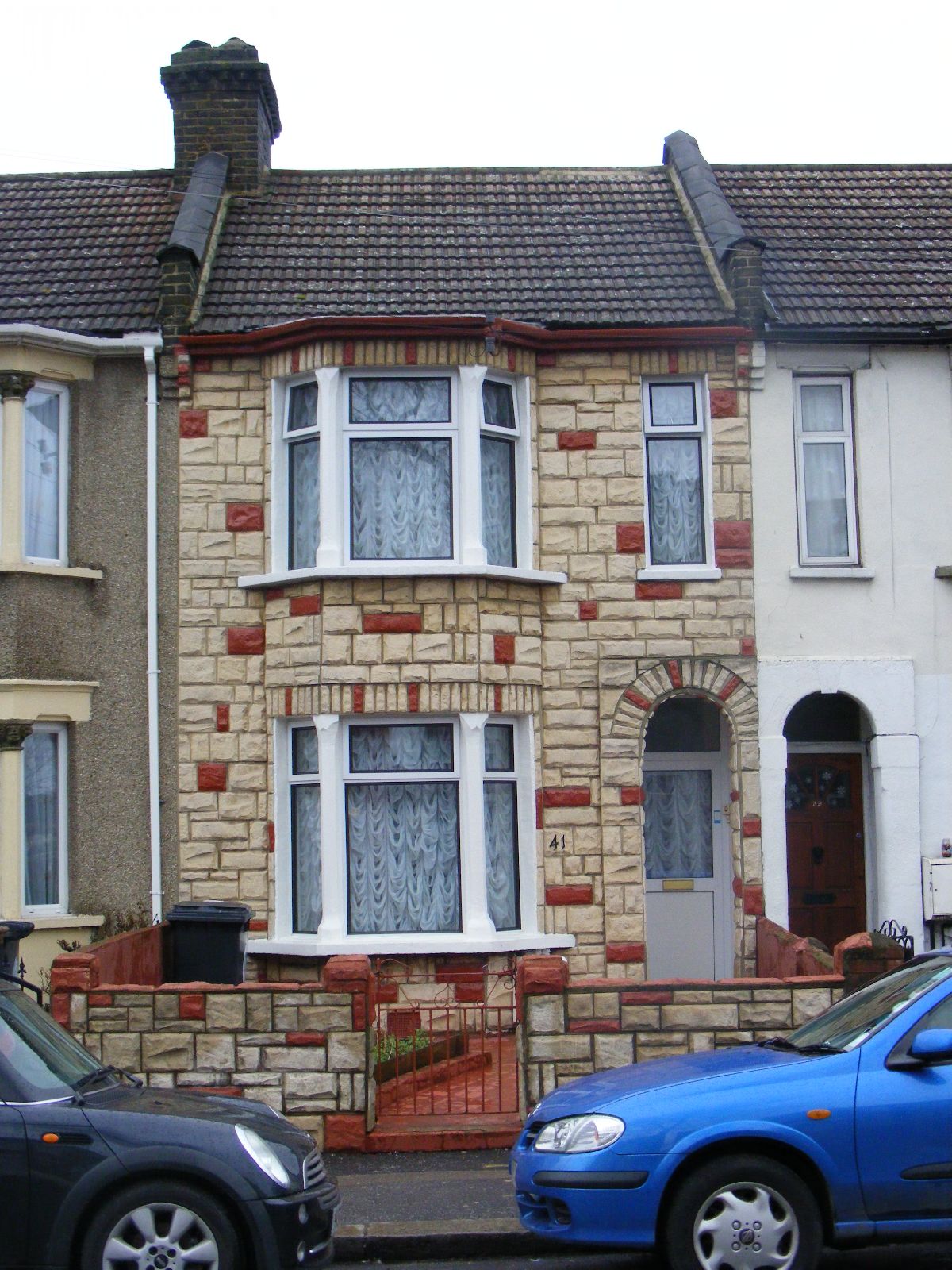
Stone veneer brings the majestic look of natural stone to luxury homes without the hefty weight and expense. Sliced thin from real stone or crafted from high-quality composites, stone veneer panels are easy to handle and install, making them a practical choice for both interiors and exteriors. The National Association of Home Builders notes that using stone veneer can boost a property’s value by as much as 20%, making it a smart investment as well as a style statement. The material comes in a dazzling array of colors, textures, and patterns, allowing homeowners to achieve everything from classic rustic charm to sleek modern drama. Stone veneer’s durability ensures it stands up to the elements, maintaining its beauty for years. Whether it’s used on a grand fireplace or as a striking entryway accent, stone veneer never fails to impress.
Smart Glass – Light and Privacy at Your Fingertips
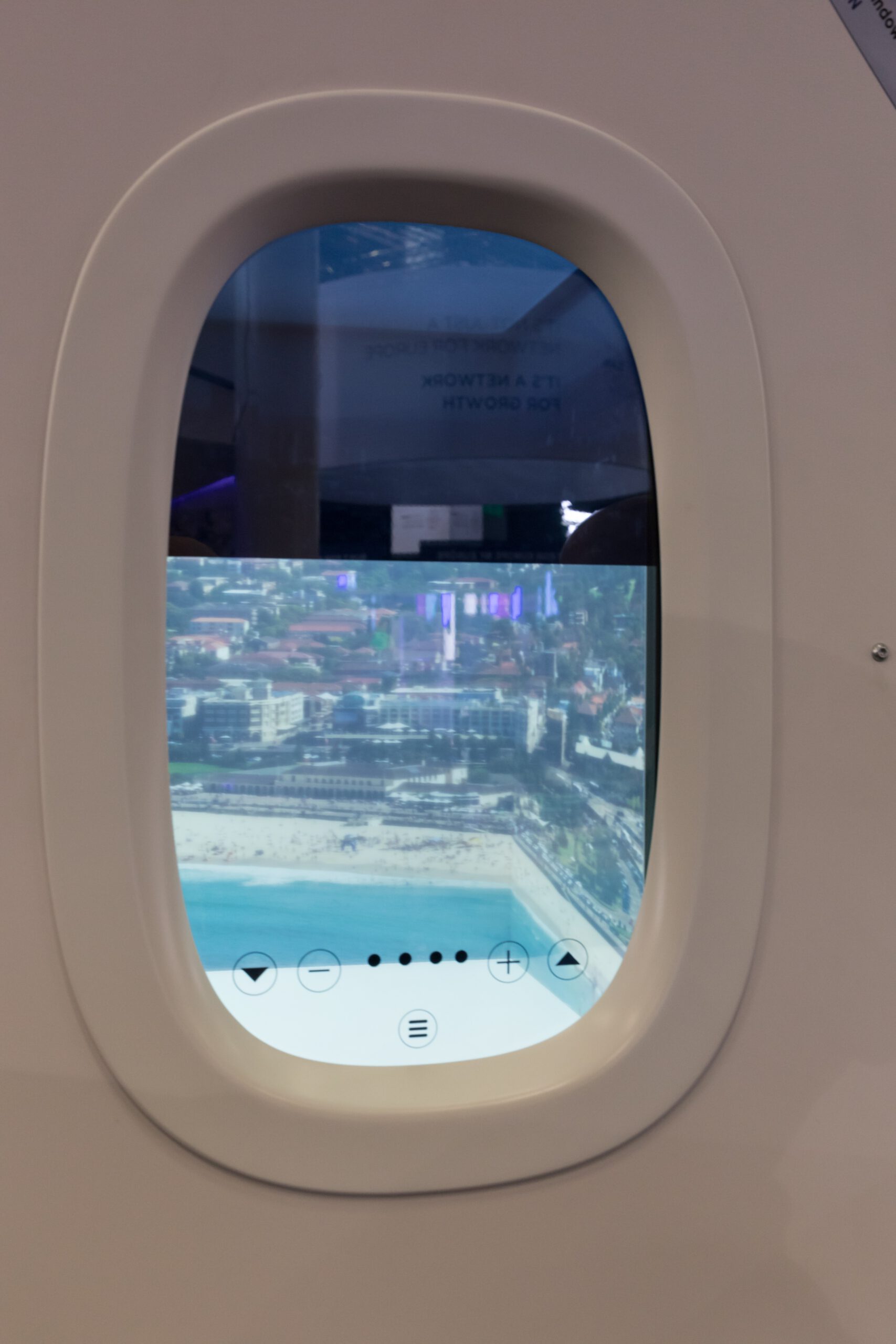
Smart glass technology is changing the way luxury homes interact with light and privacy, adding a layer of futuristic convenience. This innovative glass can shift from clear to opaque at the touch of a button or in response to changes in sunlight, giving homeowners full control over their environment. Research from Lawrence Berkeley National Laboratory shows that smart glass can reduce energy costs by up to 30% by minimizing the need for artificial lighting and cooling. The result is a home that feels open and airy while maintaining comfort and privacy. Smart glass is being used in everything from expansive windows to sliding doors and skylights, creating dynamic spaces that adapt to the moment. Its seamless integration with home automation systems adds an extra touch of luxury and sophistication.
Bio-Based Insulation – Sustainable Comfort for Modern Living

Bio-based insulation is redefining comfort in luxury homes, offering superior performance with a gentle touch on the planet. Made from renewable materials like sheep’s wool, cellulose, and recycled cotton, these insulations are not only highly effective at trapping heat and blocking noise, but they also avoid the harmful chemicals found in many synthetic options. The U.S. Department of Energy confirms that bio-based insulation can significantly lower household energy use, translating to both environmental and financial benefits. These materials are naturally breathable, helping to regulate humidity and enhance indoor air quality. Homeowners who prioritize health and sustainability are turning to bio-based insulation for walls, floors, and attics. With their blend of performance, purity, and eco-friendliness, these insulations are fast becoming a staple in high-end home construction.

A master of contemporary design, Bobby Burke brings a fresh perspective to home styling. His book Effortless Interiors offers readers a roadmap to achieving sleek, functional, and beautiful spaces with ease.

